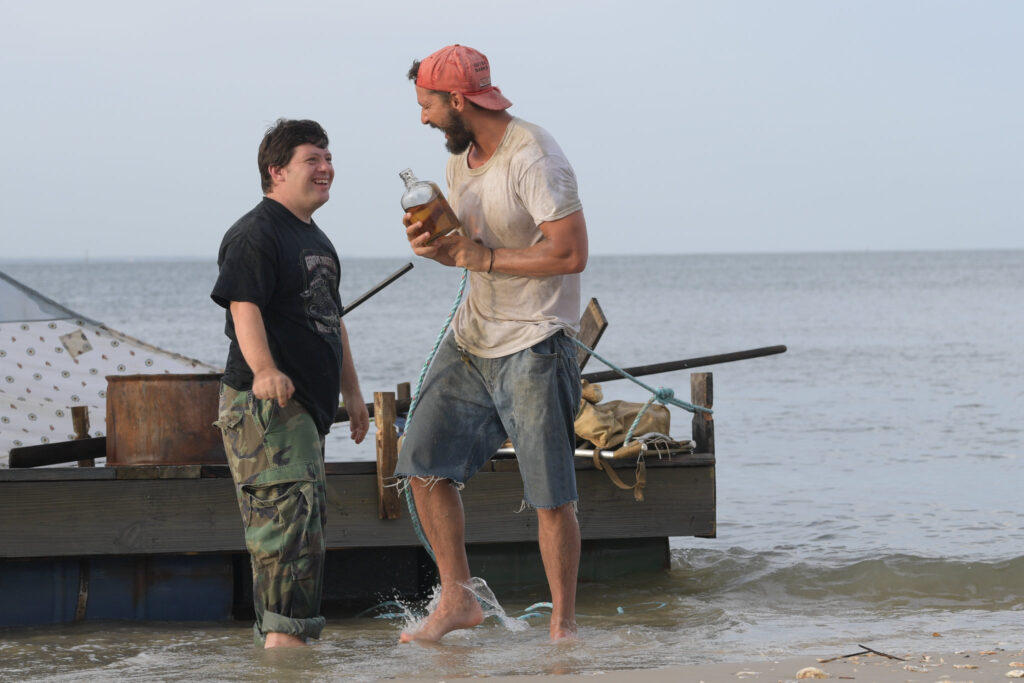Everyone loves to see characters in a movie or tv show that brings familiarity or resembles themself. It brings a sense of belonging and acceptance, that we’re not alone in our life, that someone can relate to our story. Representation of people from various walks of life has been improving in the media, but still has a long way to go. In a study released by The Annenberg Foundation that studied the portrayal of race and ethnicities between 2007 and 2017, they found in the top 1100 most popular films, only 30% of speaking character roles were non-white actors/actresses. It’s easy to notice when a physical and visible attribute isn’t being represented, but what about the intellectual and invisible attributes? Where is the representation in those kinds of characters on screen?

“In 2019, just 2.3% of all speaking characters in the 100 top-grossing US films were depicted with a disability, USC’s Annenberg Inclusion Initiative found. By comparison, 12.6% of the US population lives with a disability, according to the 2018 American Community Survey, which excluded people on active military duty and living in certain institutions from the statistic.”
Filmmakers Talk Improving Disability Inclusion in TV Film
So let’s do a little math. In 2018, there were about 326.8 million people, 12.6% of them were US lives of people with a disability not including those on active military duty or living in a certain institution. So that is over 41 million people in the USA who live with a disability who are underrepresented on the big screen.
Getting representation for those with disabilities starts with having a changed mindset about working with people with disabilities, but also creating opportunities for people with disabilities to represent their community.
Doug Roland, the writer-director of “Feeling Through,” showed the world that it’s not as much of an obstacle to work with a person with a disability than people may think. Roland worked with the Helen Keller National Center to cast Robert Tarango, the deaf-blind actor who starred in the film, and to make the production accessible.

“The largest lesson I learned is to stop looking at actors and crew with disabilities as this whole other kind of obstacle to be dealt with,” said Roland, who based the story on his own experience with a deaf-blind man. “Look at it as part of the process. … There is so much more gained at every level of the experience.”
Filmmakers Talk Improving Disability Inclusion in TV Film
Peanut Butter Falcon also changed the game in how disabilities are represented in the media. Zack Gottsagan, who plays Zak in Peanut Butter Falcon (2019), was interviewed on Jay Ruderman’s podcast, All About the Change, where they talked about Zack’s impact at changing the industry. Ruderman asked Zack what it meant to him when actors that do not have a disability play characters that do. Zack made a good point, that since there are not as many opportunities for those with disabilities in this industry, it takes away from allowing those with a disability to represent themselves authentically.
There are so many other examples of disability representation in the media such as CODA, Sound of Metal, Speechless, and Temple Grandin. Media such as these are making way for more representation of people with disabilities in the media.

If you’d like to get involved with improving disability inclusion in the theater arts, come join our E-Theater program in Sunnyvale, CA. Check out our program website for more information.





